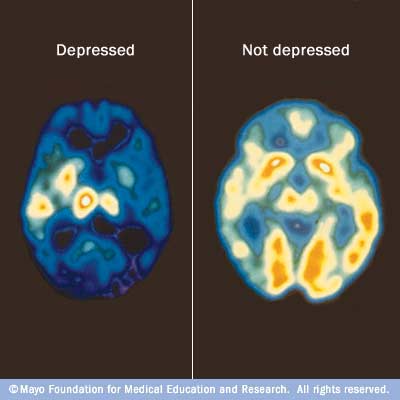
Most of the clients I work with suffer anxiety to some degree. Also, anxiety is part of depressive disorders although it may express more as irritability or worry than the nervousness and physical manifestations usually associated with anxiety. However anxiety or panic shows up, its miserable as anyone whose ever felt it knows.
I tell my clients to do two things when they first begin to feel an anxiety attack or anxious. First, to focus their attention downward to their feet in order to ground themselves into the earth. I ask them to feel the energy coming up from Mother Earth into their feet and legs, stabilizing them and offering comfort as mothers are known to do.
Secondly, to think, to pay attention to whatever is around them that enters through one or more of their senses. For example, noticing the color blue of the sky at that moment, to identify different scents in the air, to listen to all of the current sounds or recall their last meal as best they can. I get them into the front of their mind, specifically to the prefrontal cortex area because when they are using that part of their brain, their limbic system or threat warning system takes second bill and turns off.
Recently I came across an experiment that supports my line of reasoning for handling anxious feelings and emotions, and helping them fade away instead of strengthening it as so often happens to people who are frequently anxious.
The neuropsychology study at Duke followed from a previous one where the researchers found that people with brains that demonstrated a “high response to threat and a low response to reward are at more risk for developing anxiety and depression over time” *
In the current study they wanted to see if they could find factors that would help people not develop these problems. They focused on the dorsolateral region of the prefrontal cortex, that is known as the executive control center. Think of what an executive does and you’ll see how it got its name. They plan, organize, focus, handle complexities mentally, and inhibit undesirable social behavior and regulate emotions.
What they found was that people at risk for an anxiety disorder (in this study they were 120 undergraduate students) lowered their risk for developing it if they had higher activity in their dorsolateral prefrontal cortex. They suggest a strategy that directly addresses the anxiety, mood or depression (such as therapy) and improving the individual’s general cognitive functioning.
The brain’s executive function area takes over when you deliberately focus and think, and emotions let go or you feel less emotional. Anxiety is emotional and physical sensations. Just don’t think about what you are anxious about or that you are anxious at that point in time though as it won’t help, but do think about it later and process it to build your strategy.
Instead, develop and practice a strategy that keeps your mind involved, rather than wandering around going into the past or worry about the future, by practicing the basic principles of mindful living:
being present,
paying attention to what you are doing as you are doing it or paying attention to what’s going on around you in present time,
having an open and curious mind
that is non-judgmental
and kind ( I threw in a little self-compassion at the end :))
Please join the conversation with comments, thoughts, or questions.
* Source: Duke University. “Brain activity buffers against worsening anxiety: Activity in brain’s thinking and problem-solving center linked to avoiding anxiety.” Science Daily, 17 November 2017. www.sciencedaily.com/releases/2017/11/171117141743.htm




 Are you seeking personal growth and transformation? If you are holding back and blocked from within, feeling anxious, fearful, unfulfilled, trapped, indecisive, invisible, or yearning for the release of your natural self and breaking through blocks to creative or business success, let my help you. My mindfulness-based approach may be just what you need to turn things around.
Are you seeking personal growth and transformation? If you are holding back and blocked from within, feeling anxious, fearful, unfulfilled, trapped, indecisive, invisible, or yearning for the release of your natural self and breaking through blocks to creative or business success, let my help you. My mindfulness-based approach may be just what you need to turn things around.